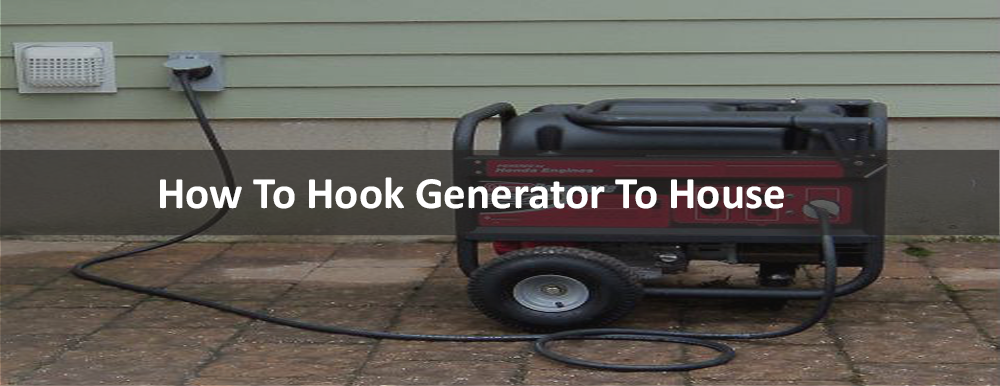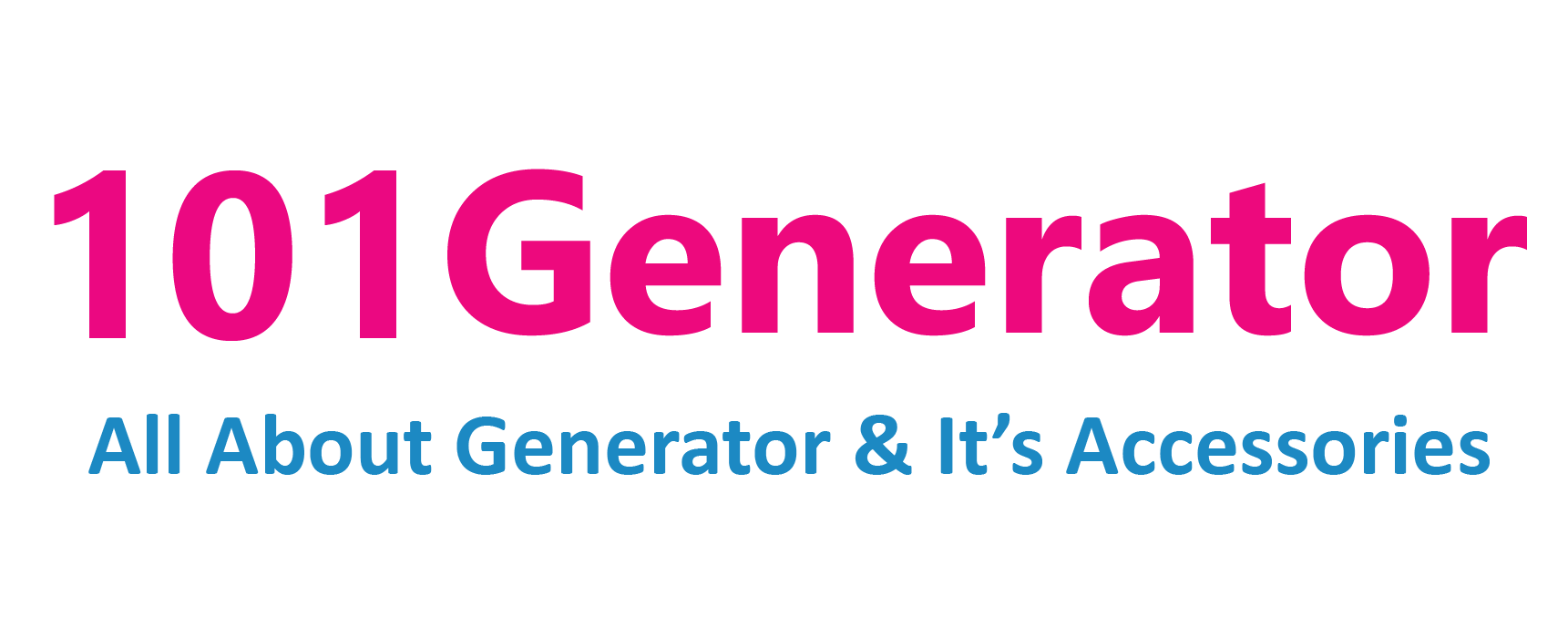Post Disclaimer
101 Generator is supported by its audience. When you purchase through links on our site, we may earn an affiliate commission. Learn more
 Power outages are common but are always unpredictable. You cannot always rightly guess when will be the next power failure in your area. The most ideal way is to let your generator on standby all the time to avoid any disturbances but this is neither an economical more feasible way.
Power outages are common but are always unpredictable. You cannot always rightly guess when will be the next power failure in your area. The most ideal way is to let your generator on standby all the time to avoid any disturbances but this is neither an economical more feasible way.
This is because you can’t just possibly leave the generator running 24/7 but this doesn’t mean you have to wait for the power failure to happen and then go manually push the buttons and insert power outlets for operating your generator. Here we discuss in detail how to hook the generator to the house.
How To Hook Generator To House?
The best solution here is to get your generator prepared for running anytime and when the actual time comes just start operating it with a single click of powering it on. You don’t even have to manually power it on as modern technology is there to help you at every step.
The two most helpful methods of hooking your generator to the home are as given below:
- Using individual cords for plugging household appliances
- Using the transfer switch to power a circuit panel
Let us now discuss both of these methods in detail and see which one will be best and which one has some shortcomings left it.
Using Cords:
For hooking your generator to the house it is recommended to go through the user’s manual to have a basic idea about internal parts of the circuit and ports and plugs to avoid any damage to security lapse. After going through the user’s manual you can decide which method you are going to employ and then get set for it. The cords used for hooking the generator to your house can either be the generator (GEN) Cord or the Extension (EXT) cord.
Follow the given guidelines to use the extension and generator cords for hooking the generator to your house.
- Review the pre-start checklist of your generator before starting it and make sure to follow each checklist.
- Put your generator outside the main house area. The standard (recommended) practice is to place at a minimum distance of at least 10 feet from your internal home openings.
- Now it’s time to take out your cords and start connecting your appliances to the generator.
- You can use a single GEN Cord and this will connect multiple household appliances with the generator’s power outlets.
- You can also use different extension cords to connect each appliance individually.
- After connecting all the desired appliances you can start the generator.
The engine will be powered and your power will be resumed after a tiny pause in absence of the grid power supply.
Using Transfer Switch:
You can use a power transfer switch that will shift the power supply of your home from the utility line to the generator outlets and vice versa. For using a transfer switch to switch between power supply lines you will have to use the gen cord and may even need to create a transfer switch inlet on your wall for quick operation. But worry not you don’t have to get muddled in such intriguing technical details as you can simply buy a universal transfer switch and get it hooked with your generator.
Use the following instructions for connecting a transfer switch to the generator.
- Purchase a transfer switch (manual or universal).
- Hook up the GEN cord and the transfer switch
- Place the generator in an outdoor environment
- Start running the generator placed outside
- When the grid power is cut off you can manually shift the main circuit breaker of the transfer switch to generator power.
- The power supply will be switched to generator power.
- Once the utility power is resumed you can switch off the circuit breaker and let the utility power run through the wires in your home.
You can also use a universal transfer switch which will automatically detect the changes in the power supply and adjust the main circuit breaker accordingly. The Line and GEN power breakers at the main circuit will be automatically turned on by the universal transfer switch to shift between grid power and generator power.
The Bottom Line:
The extension and generator cords will connect individual appliances to the generator and will be manually turned on when the power failure happens. On the other hand, a transfer switch will detect changes in the power supply and automatically adjust itself to remove the manual work required in hooking up your generator to the house.
Related Articles:
